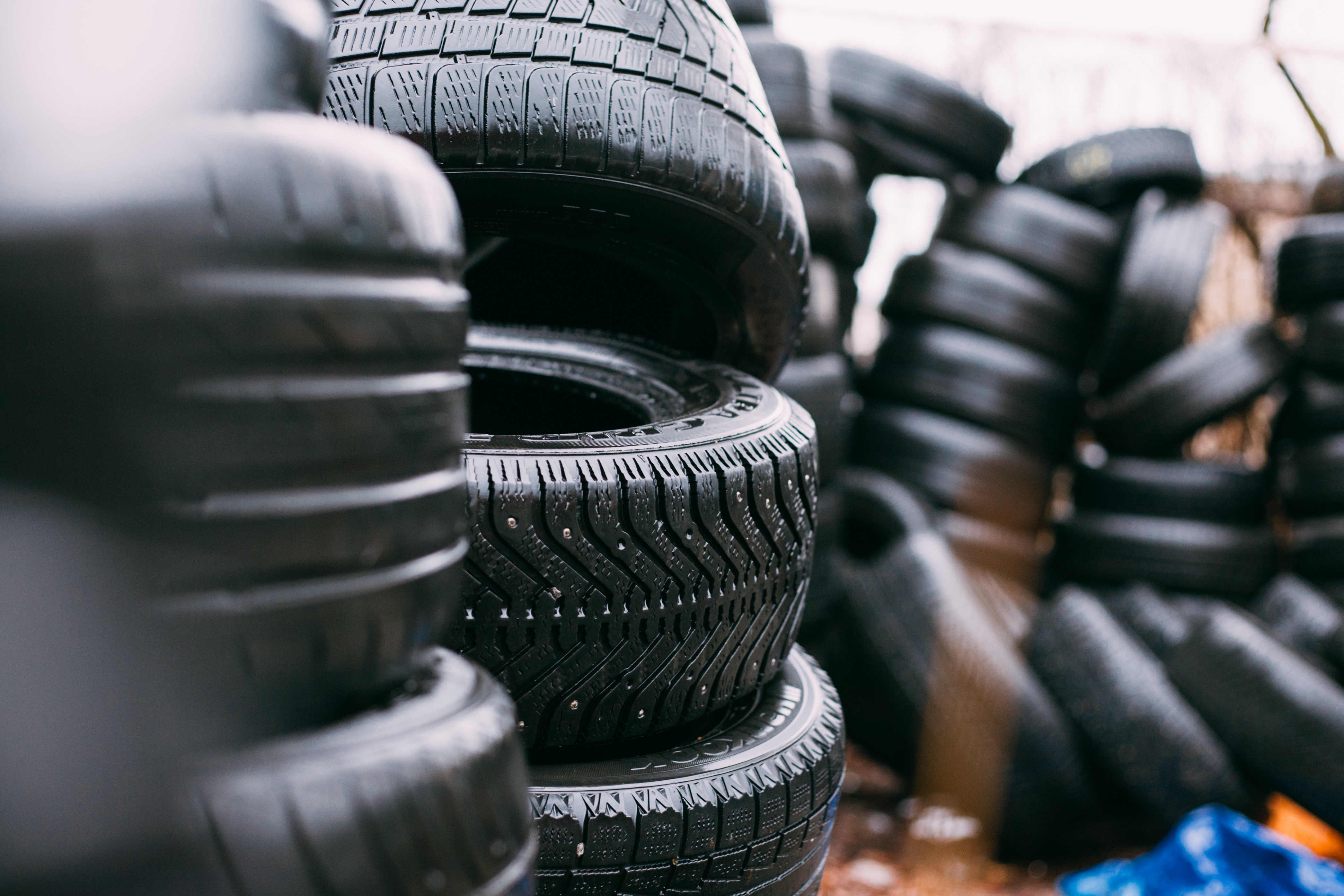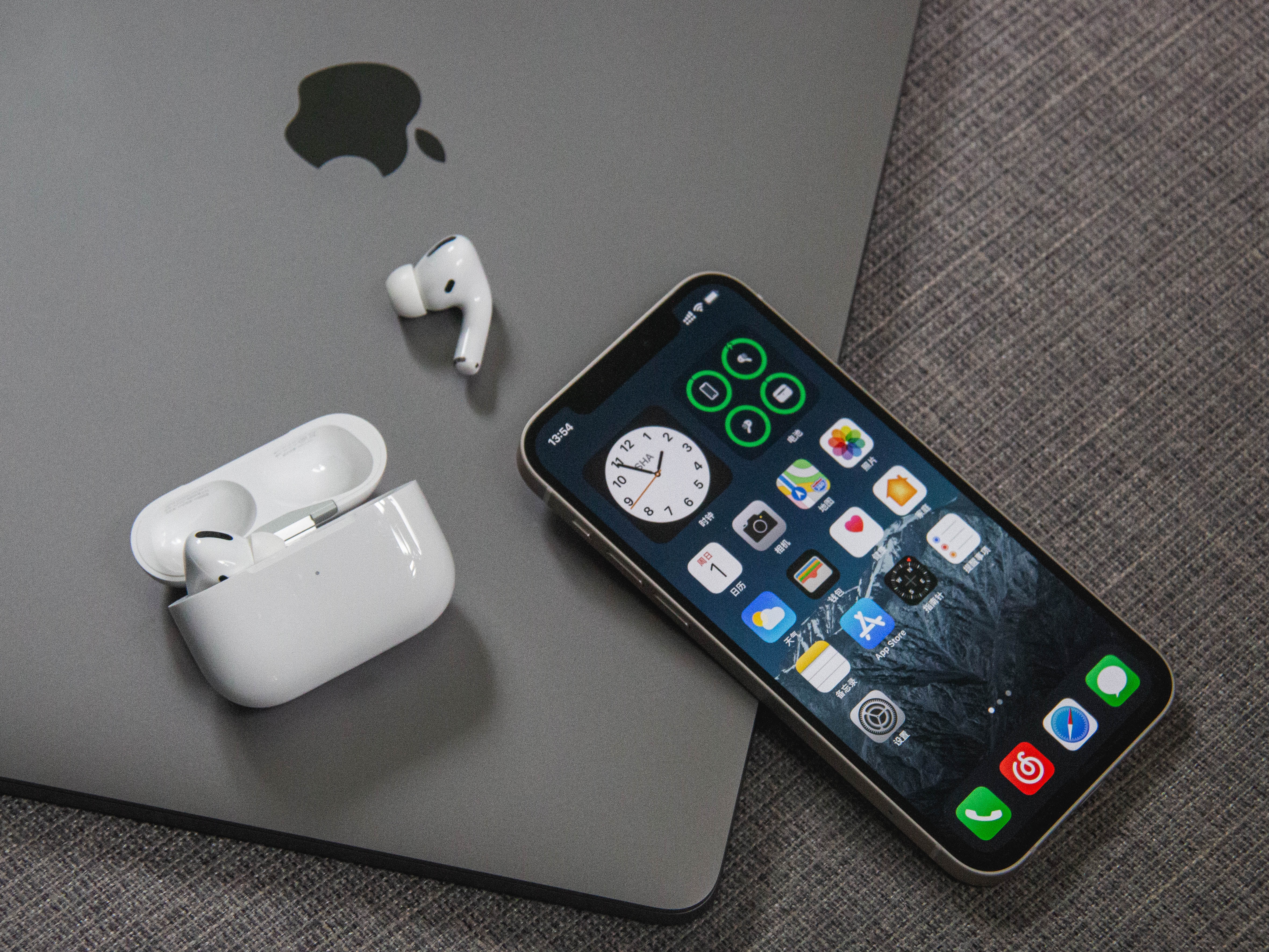Maintaining good tires on your vehicle is essential for the safety and performance of your car. Not only can bad tires lead to accidents, but they can also cause additional wear and tear on your vehicle. In this article, we'll discuss the importance of maintaining good tires, how to identify when it's time to change your tires, and the impact of bad tires on road accidents.
The Importance of Good Tires
Tires are the only parts of a vehicle that make contact with the road. Therefore, they play a critical role in ensuring a safe and comfortable driving experience. Good tires provide adequate traction, handling, and braking capabilities to your car, ensuring that it responds correctly to your inputs as a driver.
According to the National Highway Traffic Safety Administration (NHTSA), tire-related crashes account for approximately 738 fatalities per year in the United States. Furthermore, the NHTSA estimates that up to 33% of passenger vehicles on the road have at least one underinflated tire, which can significantly impact vehicle handling, braking, and fuel efficiency.
Proper tire maintenance helps to:
Improve vehicle safety: Good tires provide better traction and handling, reducing the likelihood of accidents caused by tire failure or loss of control.
Enhance fuel efficiency: Underinflated tires have increased rolling resistance, which leads to higher fuel consumption. Maintaining optimal tire pressure can improve your fuel economy by up to 3%.
Increase tire lifespan: Regular maintenance, such as tire rotations and balancing, can help to extend the life of your tires, saving you money in the long run.
Improve vehicle performance: Good tires contribute to better handling, braking, and overall vehicle performance, ensuring a more enjoyable and safer driving experience.
Identifying When to Change Your Tires
Knowing when to change your tires is essential to maintaining a safe and reliable vehicle. Here are some key indicators that it's time to replace your tires:
Tread depth: The minimum legal tread depth in most countries is 2/32 inches (1.6mm). You can measure your tire's tread depth using a tread depth gauge or a simple trick with a penny or a quarter. Insert the coin into the tire tread with the head facing down. If you can see the top of the head, it's time to replace your tires.
Age: Tires degrade over time due to exposure to the elements and the natural aging process of rubber. Most tire manufacturers recommend replacing tires every six to ten years, regardless of tread depth.
Tire pressure: Regularly check your tire pressure to ensure that it is within the manufacturer's recommended range. Underinflated tires can cause uneven wear and reduce your vehicle's handling capabilities.
Visible damage: Inspect your tires for any visible signs of damage, such as cuts, punctures, or sidewall bulges. These can lead to tire failure and should be addressed immediately.
Vibration or noise: If you notice unusual vibrations or noise coming from your tires, it could be a sign of internal damage or uneven wear. Consult a professional to diagnose and resolve the issue.
The Impact of Bad Tires on Road Accidents
Bad tires are a significant contributing factor to road accidents. According to a study conducted by the NHTSA, tire-related factors contribute to approximately 35% of all vehicle crashes involving passenger cars. Some of the most common tire-related issues that can lead to accidents include:
Blowouts: A tire blowout occurs when a tire suddenly loses air pressure, leading to a loss of control and a potential crash. Blowouts are often caused by underinflation, overloading the vehicle, or damage to the tire.
Tread separation: Tread separation is when the tread layer of the tire separates from the underlying carcass, resulting in a sudden loss of traction. This can be caused by manufacturing defects, improper tire maintenance, or excessive wear.
Hydroplaning: Hydroplaning occurs when a layer of water builds up between the tire and the road, causing the tire to lose contact with the road surface. This can result in a loss of traction, making it difficult for the driver to maintain control of the vehicle. Tires with insufficient tread depth are more prone to hydroplaning.
Punctures: Punctures can cause a rapid loss of tire pressure, resulting in reduced vehicle handling and braking capabilities. Regularly inspecting your tires for damage and maintaining proper tire pressure can help prevent punctures.
To minimize the risk of tire-related accidents, it's crucial to prioritize tire maintenance and replace your tires when necessary. By doing so, you'll improve your vehicle's safety, performance, and fuel efficiency, ultimately contributing to a safer driving experience for you and others on the road.
The importance of maintaining good tires on your vehicle cannot be overstated. With tire-related accidents contributing to a significant number of road fatalities and crashes, it is essential to be proactive about tire maintenance and replacement. By regularly inspecting your tires, monitoring tread depth, maintaining proper tire pressure, and addressing visible damage, you can significantly reduce the risk of accidents related to tire failure. Prioritizing tire maintenance not only ensures your safety but also enhances your vehicle's performance and fuel efficiency, making it a worthwhile investment for all drivers.









